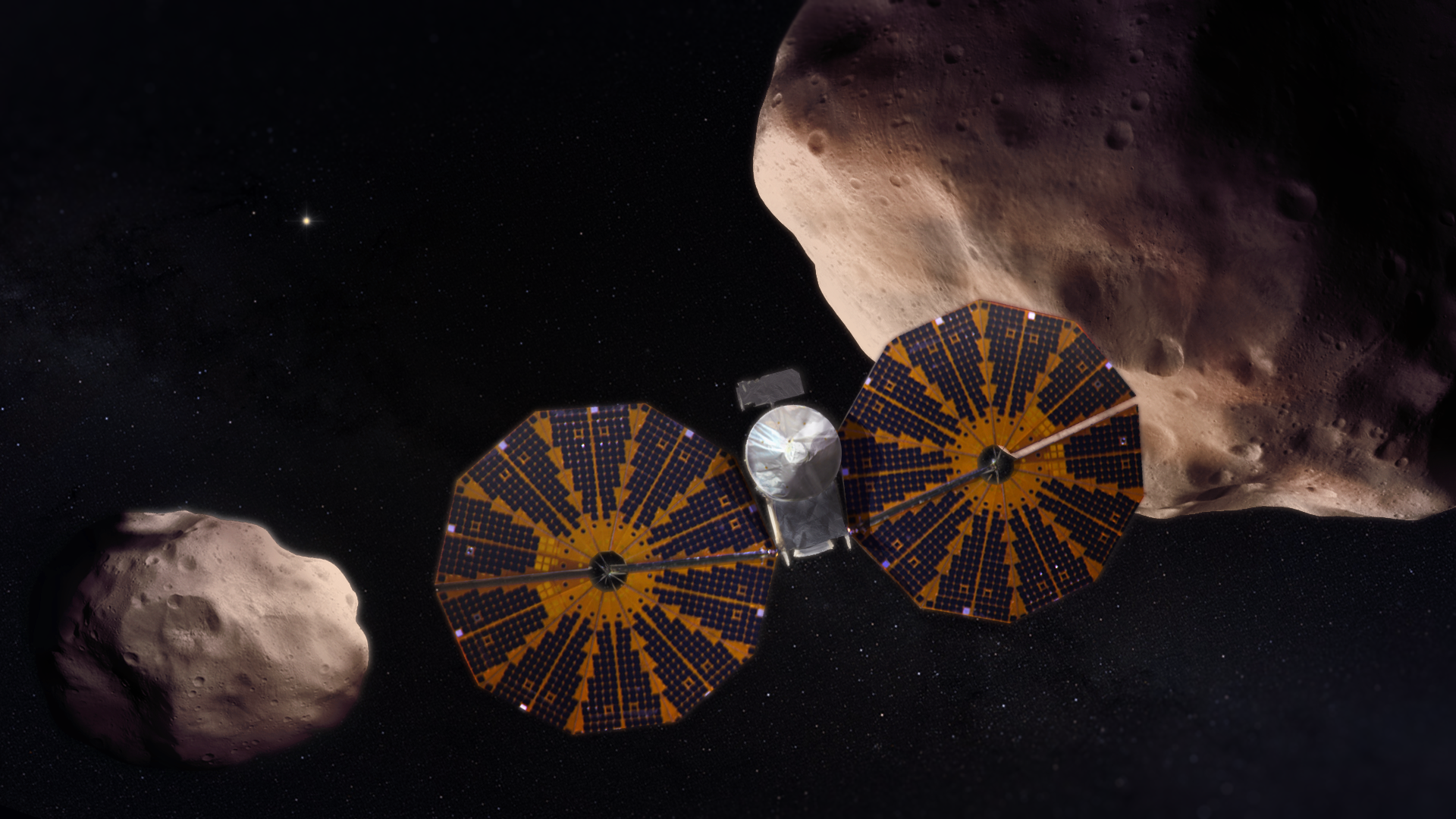The NASA spacecraft "Lucy" brought a remarkable surprise during its initial close encounter with an asteroid. The first images sent back to Earth indicated that "Dinkinesh" isn't a single asteroid but rather an asteroid pair, as revealed by the US space agency NASA on Thursday.
Preliminary estimates suggest the larger asteroid has a diameter of about 790 meters, while the smaller one measures around 220 meters. Data from Lucy's scientific instruments in recent weeks had hinted that Dinkinesh might potentially be an asteroid pair. The images captured during the flyby on Wednesday confirmed this assumption.
Data transmission continues, as Lucy flew past Dinkinesh at a distance of approximately 400 kilometers at a speed of around 16,000 kilometers per hour on Wednesday. This was a test flight to assess the functionality of the spacecraft's scientific instruments. Initial findings indicate a promising start, but the complete transmission of all collected data to Earth may take about a week.
Lucy embarked on its journey from the Cape Canaveral Spaceport in Florida in 2021. The over 14-meter-long spacecraft is fueled by both propellant and rechargeable batteries powered by solar cells. Its mission is primarily directed toward Jupiter's asteroids, planning to closely fly by seven of the so-called Jupiter Trojans: Eurybates, Queta, Polymele, Leucus, Orus, Patroclus, and Menoetius – all named after characters from Homer's ancient epic "Iliad".
The Jupiter Trojans are asteroids that orbit the Sun along the same path as Jupiter – a group preceding it and another trailing behind. They are regarded as "fossils of planetary formation," prompting NASA to anticipate new insights into the formation of planets and our solar system from this mission. Additionally, Lucy is set to return three times to Earth, leveraging its gravitational pull for flight assistance, marking a first in the history of space exploration.
The mission targeting the formation of the planets in our solar system is designed for twelve years, expecting Lucy to cover a total distance of around 6.5 billion kilometers. The spacecraft's name, "Lucy," was inspired by the Beatles' song "Lucy In The Sky With Diamonds." It is said that this song played on a cassette recorder when researchers discovered parts of the skeleton of a female early human in the Ethiopian Afar Triangle in 1974.
This discovery confirmed for the first time that the ancestors of modern humans could walk upright approximately three million years ago. The fossil – and now the NASA spacecraft – were both nicknamed "Lucy." According to NASA, the name serves as a unique connection: "Just as the Lucy fossil provided unique insights into human evolution, the Lucy mission promises to revolutionize our understanding of planetary and solar system formation."


